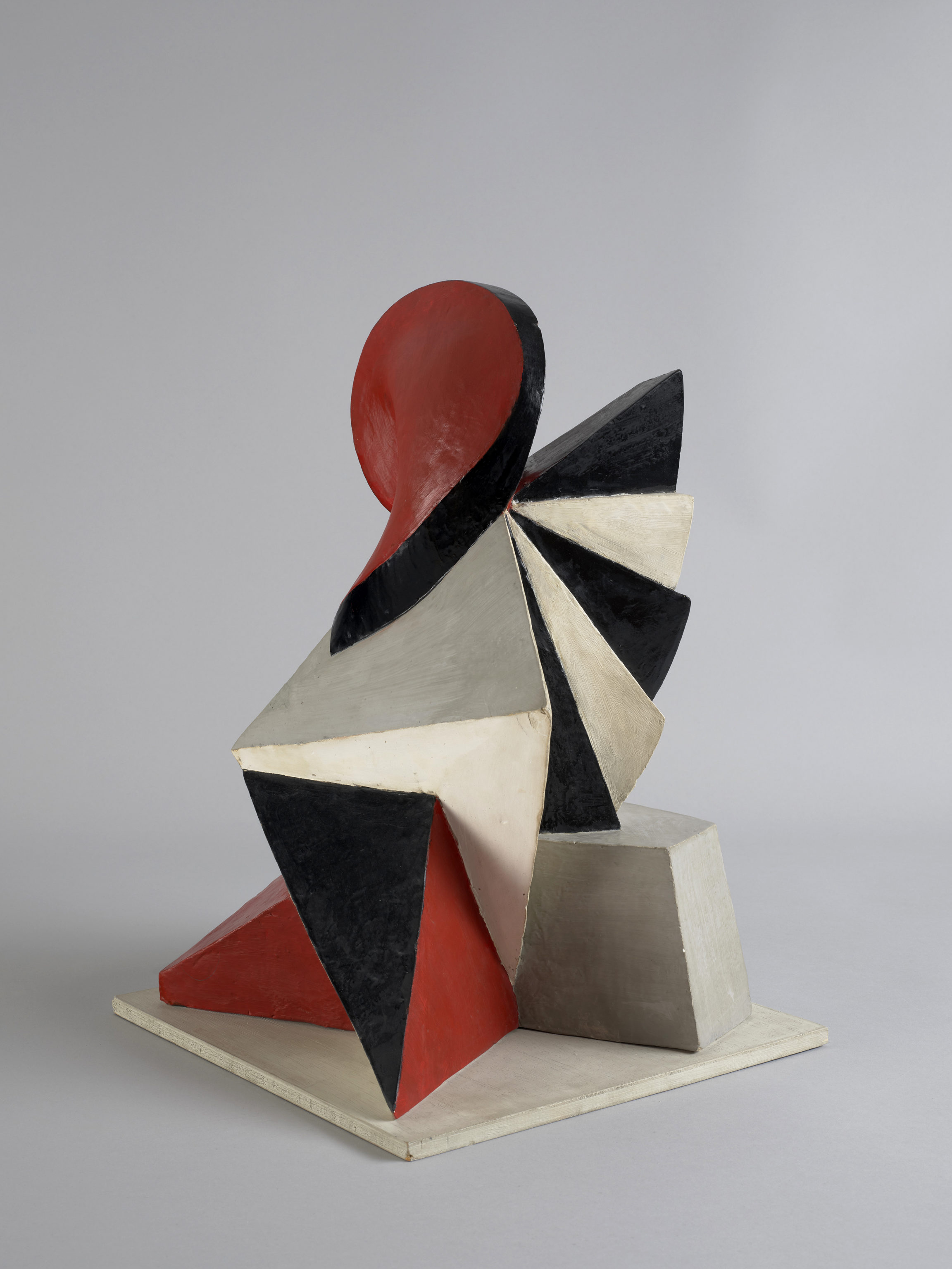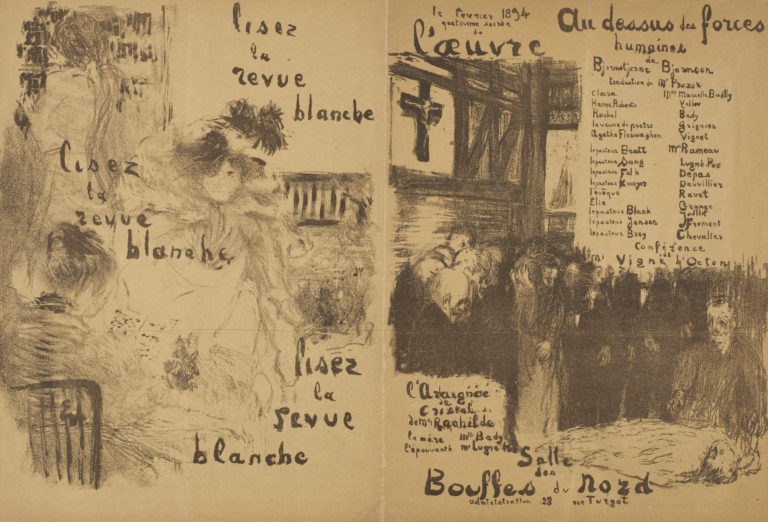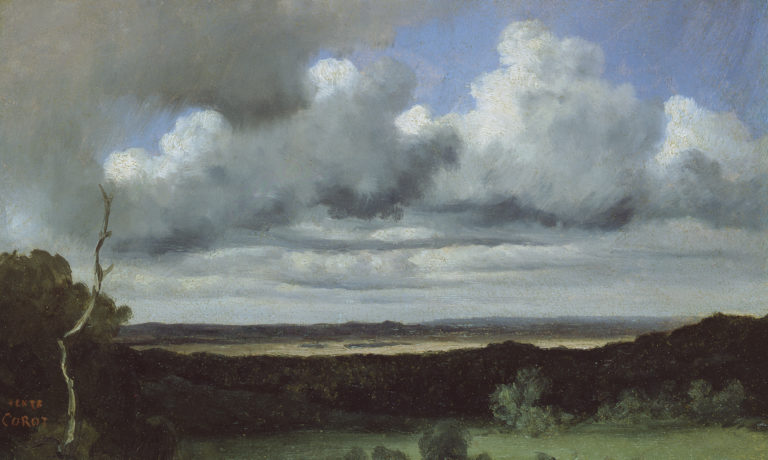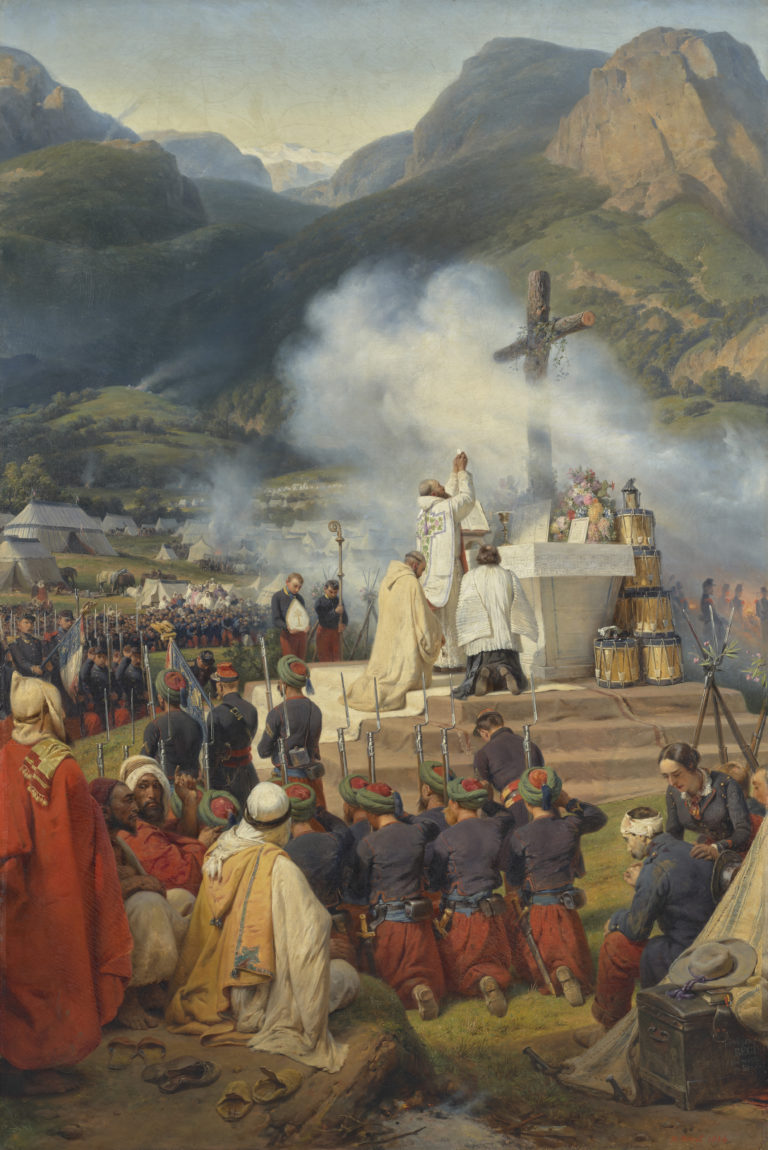Bibliography
Erika Billeter, in collaboration with Chantal Michetti-Prod’Hom and Verena Villiger, Sculptures du Musée cantonal des Beaux-Arts Lausanne, Lausanne, Musée cantonal des Beaux-Arts, 1990: 80-81.
Jaccard Paul-André (ed.), Gustave Buchet, exh. cat. Lausanne, Musée cantonal des Beaux-Arts, Aarau, Aargauer Kunsthaus, Paris, Fondation Le Corbusier, 1978, S3: 104.




In the early 1920s Gustave Buchet painted several flat-surfaced canvases, some of them tending towards abstraction. At the same time, he was involved in projects touching on the decorative arts (the opening of a couture house), theatre (costume design) and sculpture, all of which brought him back to three-dimensionality.
In 1923 and 1924 the Swiss artist created several ‘sculpto-paintings’ made of plaster with oil paint. Three of these have survived; others never got beyond project phase or are known only from references to their existence. These works could be abstract or represent objects (houses, boats, trees) and highly stylised landscapes.
With Sculpto-peinture – abstraite – Buchet comes extremely close to geometrical abstraction by translating into three dimensions the principles upheld by the Section d’Or group and the purism of Le Corbusier and Amédée Ozenfant: rigorous, austere and pared-down composition, the geometricising of forms, the flat application of paint and a palette limited to white, black and red. The work consists of a spiral opening out into a fan shape. The projected volume and painted surface participate simultaneously in this effect of unfolding in space, with each ‘facet’ being associated with a single colour. Although very different, the colours have a subtle harmony while the combination of rounded and hard-edged forms achieves perfect equilibrium. Buchet’s work oscillates between rationalism and elegance, order and harmony.
In 1919 Buchet met Alexander Archipenko when the latter was exhibiting at the Kündig bookshop in Geneva. While the Swiss artist may have seen several ‘sculpto-paintings’ by his Ukrainian colleague on this occasion, his own works were more a development of the cubist sculpture created by Henri Laurens who, in the 1910s, had explored a constructive role for colour by using it as a structural element so that it contributed alongside form to the delimitation of planes and distribution and determination of light.